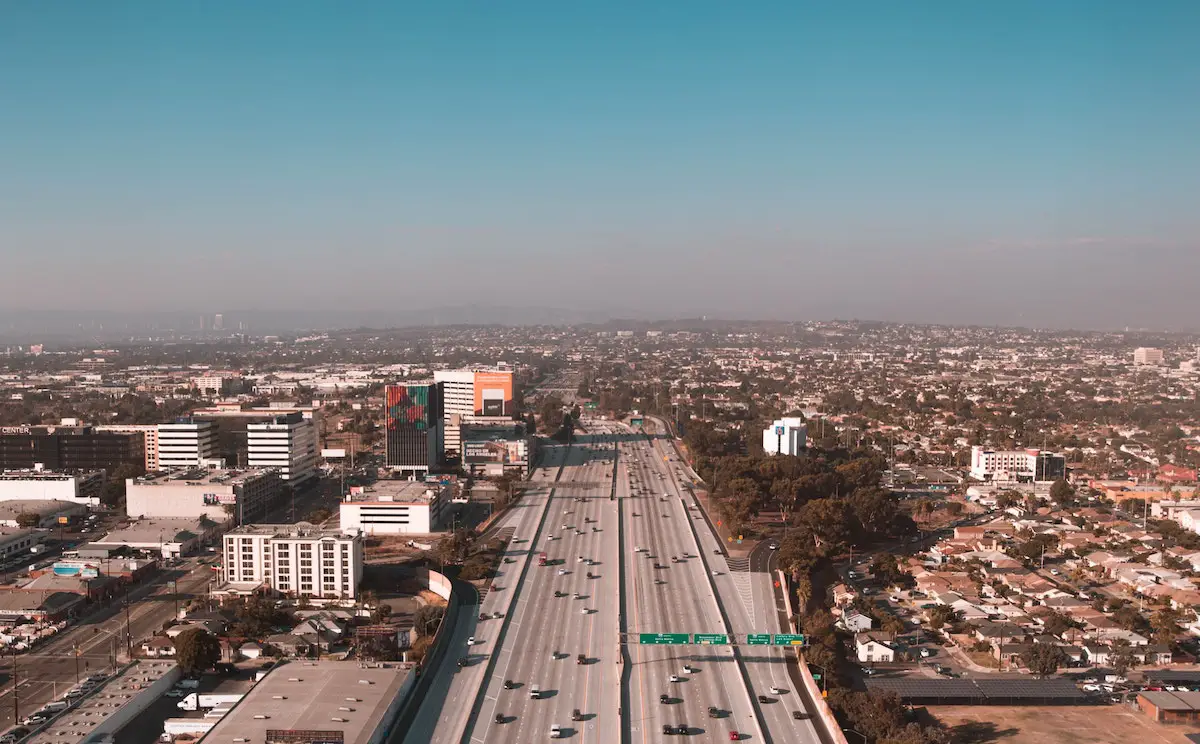Mexico City is the third most populated metropolis on the planet, after Tokyo and New York. Currently, less than 20% of journeys are taken in private vehicles, resulting in a congested public transport system which introduces environmental and social problems, affecting the quality of life for Mexico City’s citizens.
As environmental awareness increases in the city, so has an interest in alternative ways of getting around. The local government has established a 15 year plan known as ‘Plan Verde’ – the Green Plan – which takes action preserving land of a high environmental value, public space, habitability, water supply, air quality, climate change, energy, solid waste control and mobility.
As part of this plan, Eco-Bici – the city’s cycle-hire scheme – was created. The long-term objective is that 5% of the city’s journeys will be taken by bike, both reducing the strain on a crowded public transport network and reducing pollution. If this goal is reached, the resulting reduction in greenhouse gases would be the biggest of any of Plan Verde’s programs.
Eco-bici provides a clean alternative for moving short distances. It is the first in Latin America and the eleventh in the world, following cities such as Paris, Milan and Barcelona. Intended for short and casual trips, the introduction of Eco-Bici into the city takes advantage of its cycling infrastructure and aims to increase bike-based activities. To further encourage bicycle use, the main avenue in the city closes for a bike ride every Sunday, with up to 80,000 bikers taking part.
The first phase of Eco-Bici launched in February 2010. The location was chosen due to it being one of the most accessible central areas in the city, containing a concentration of high mix zoning, traffic islands and an already present bike culture. It covers five neighborhoods, bringing an estimated user base of 24,000 people.
This area contains 86 bike modules that hold 1,114 bicycles in total. The distance between them is around 300 meters. It is the cheapest transport method in the city – the $25 annual membership provides a card to access the system, a instruction CD and brochure, and a map.
Daily unlimited use is available in intervals of 30 minutes, with a 5 minute wait in between. It is well-connected to the current public transport system like the subway and metro-bus. There are only a few cycle paths in the area of the program, however, the presence of cyclists on the roads is changing motor vehicle behaviour, with an increasing amount of respect being shown to all road users.
Eco-Bici could bring an important change to Mexico City: the recovery of public space and the coexistence of citizens and transportation. By breaking the city’s reliance on the car, a positive change will be seen in health, the economy and overall quality of life. It takes time to change a car-oriented city in to a balanced one, but with Eco-Bici’s next expansion soon scheduled to launch in the downtown area, Mexico City is making progress.
Photo: Sasha India


